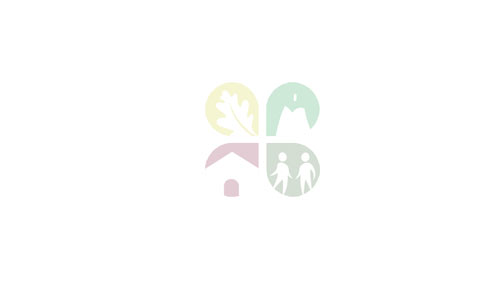The Rock of Aketxe is a significant nesting place, including for the yellow-legged gull and the shag. It is particularly remarkable the colony of storm petrel. This little-known bird is the smallest seabird in Europe, since it is not much bigger than a sparrow. It normally lives on the high seas, only coming inland to nest and at the dead of night.
Another bird sighted on these cliffs is the rock dove, forebear of the domestic dove. Natural populations of this species are extremely rare.
The surrounding waters accommodate sea basses, whiting pouts, horse mackerels and even big predators such as conger eels and moray eels. At a lesser depth, among calcareous red seaweed, slugs, baillon's wrasses and rainbow wrasses seek refuge, as well as invertebrates such as sea urchins, actinias, sea cucumbers, octopuses, velvet swimming crabs and spider crabs. The highly prized goose barnacles can be found on the rocks.

 The weather
The weather



























